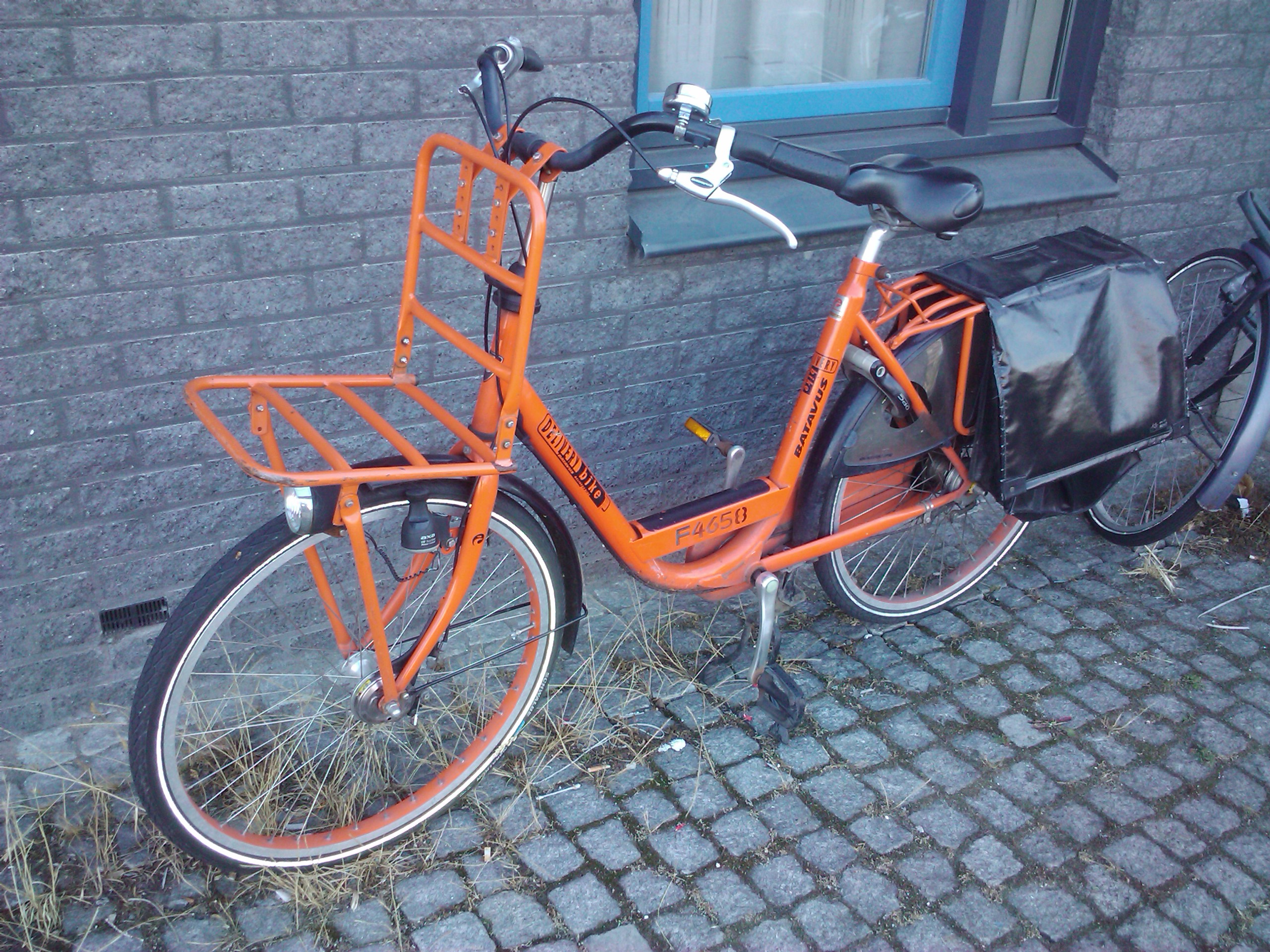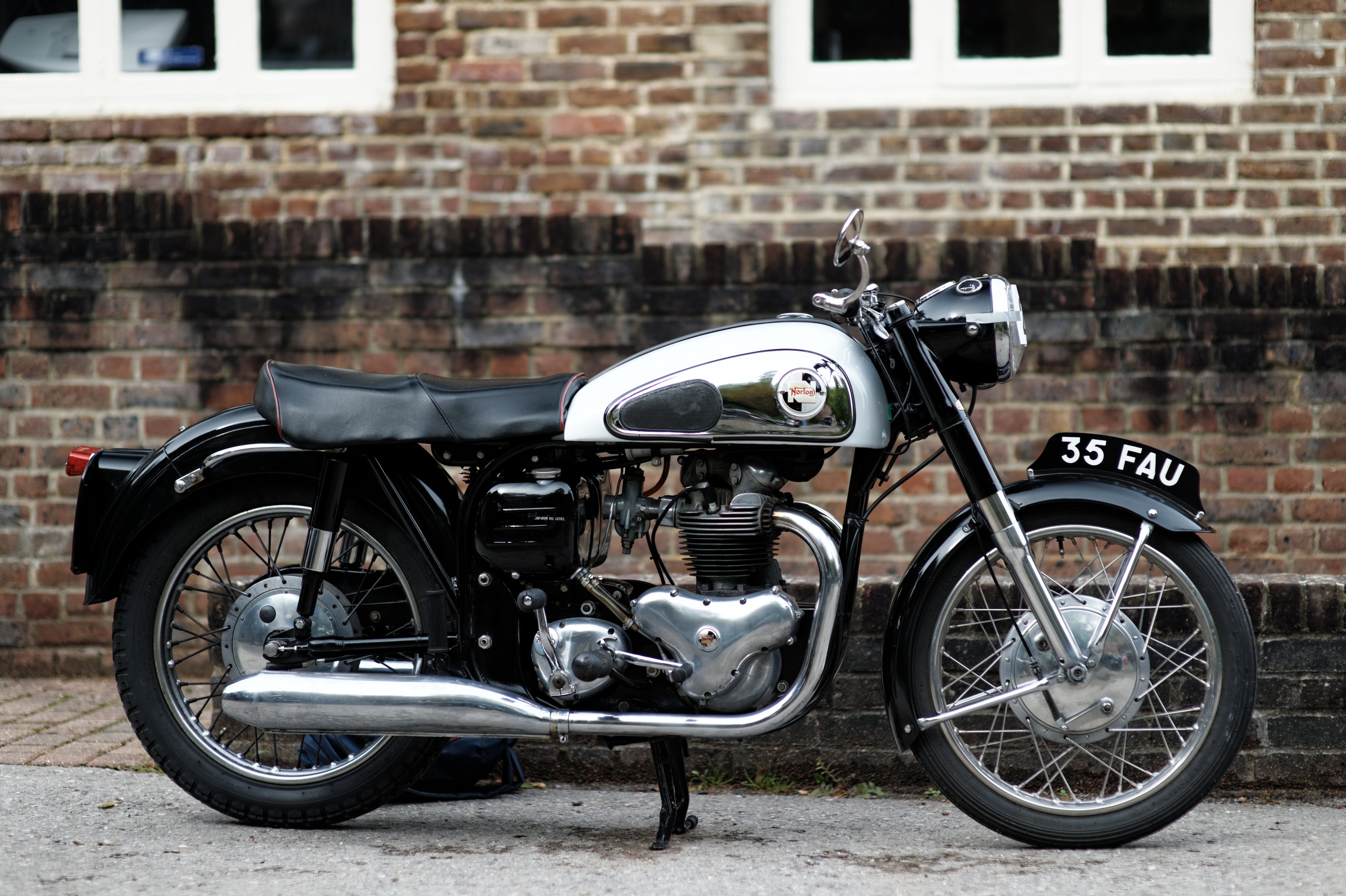|
Pannier
A pannier is a basket, bag, box, or similar container, carried in pairs either slung over the back of a beast of burden, or attached to the sides of a bicycle or motorcycle. The term derives from a Middle English borrowing of the Old French ''panier'', meaning 'bread basket'. Animal panniers Traditional panniers for animal transport are typically made of canvas, leather, or wicker. Modern panniers may be rectangular boxes of hard-sided plastic. Panniers are loaded in such a manner as to distribute weight evenly on either side of the animal. For horse packing, and when carrying particularly heavy loads on other animals they are supported by a pack saddle to distribute weight more evenly across the back of the animal. In some cases, additional items are placed on the back of the animal, between the panniers. Bicycle panniers There are many styles of bicycle panniers. Touring panniers are usually sold in pairs, intended to hold enough equipment for self-sustained tours ... [...More Info...] [...Related Items...] OR: [Wikipedia] [Google] [Baidu] |
Pannier (clothing)
Panniers or side hoops are women's undergarments worn in the 17th and 18th centuries to extend the width of the skirts at the side while leaving the front and back relatively flat. This provided a panel where woven patterns, elaborate decorations and rich embroidery could be displayed and fully appreciated. History The style originated in Spanish court dress of the 17th century, familiar in portraits by Velázquez. The fashion spread to France and from there to the rest of Europe after c. 1718–1719, when some Spanish dresses had been displayed in Paris. It is also suggested that the pannier originated in Germany or England, having been around since 1710 in England, and appearing in the French court in the last years of Louis XIV’s reign. The earlier form of the pannier took the shape similar to a 19th-century crinoline. They were wide and domed in circumference. As they developed, they differed from earlier equivalents such as the farthingale of the late 16th century ... [...More Info...] [...Related Items...] OR: [Wikipedia] [Google] [Baidu] |
Saddlebag
Saddlebags are bags that are attached to saddles. Horse riding In horse riding, saddlebags sit in various positions, on the back, side, or front of the saddle. Most attach to the saddle by straps and ties. They can be made from various materials. Although leather was the traditional material, it is heavier and requires more maintenance than many modern versions. There are several types: Pommel bags (which sit in front of the saddle), traditional paired saddlebags (which lie on the hips of the horse, on either side of the cantle), and assorted smaller bags such as a cantle bag (a small tube-like bag that sits just behind the saddle), or a single small saddle bag that may be carried on the off-side (right hand side) of an English saddle. Pack animal Pannier-style bags are sometimes fitted over a pack saddle used for packing gear on a horse or other pack animal (often, a mule or donkey) rather than for carrying a rider. In Turkish Anatolia, Iran and Baluchistan, saddlebags are t ... [...More Info...] [...Related Items...] OR: [Wikipedia] [Google] [Baidu] |
Luggage Carrier
A luggage carrier, also commonly called a rack, is a device attached to a bicycle to which cargo or panniers can be attached. This is popular with utility bicycles and touring bicycles. Bicycle luggage carriers may be mounted on the front or rear of a bicycle. The rear mount is more common. Racks on the front are mostly reserved for utility and cargo bikes. A special type of front rack is a low rider which is mainly used for bicycle touring. The term luggage carrier can also refer to a device with two wheels used to wheel luggage or something of similar weight from one place to another, similar to a dolly (hand truck) but lighter and usually able to be folded up. Mounting Bicycles may have eyelets, tapped with a standard thread, at the dropouts on the rear chainstays, and on the front fork blades. Mounting a bike rack is possible without these eyelets, but requires additional hardware. A style of rack clamps only to the seatpost, does not require eyelets or additional h ... [...More Info...] [...Related Items...] OR: [Wikipedia] [Google] [Baidu] |
Bicycle Parts
For other cycling related terms (besides parts) see Glossary of cycling. List of bicycle parts by alphabetic order: * Axle: as in the generic definition, a rod that serves to attach a wheel to a bicycle and provides support for bearings on which the wheel rotates. Also sometimes used to describe suspension components, for example a swing arm pivot axle * Bar ends: extensions at the end of straight handlebars to allow for multiple hand positions * Bar plugs or end caps: plugs for the ends of handlebars * Basket: cargo carrier * Bearing: a device that facilitates rotation by reducing friction * Bell: an audible device for warning pedestrians and other cyclists * Belt-drive: alternative to chain-drive * Bicycle brake cable: see Cable * Bottle cage: a holder for a water bottle * Bottom bracket: The bearing system that the pedals (and cranks) rotate around. Contains a spindle to which the crankset is attached and the bearings themselves. There is a bearing surface on the spindl ... [...More Info...] [...Related Items...] OR: [Wikipedia] [Google] [Baidu] |
Pack Animal
A pack animal, also known as a sumpter animal or beast of burden, is an individual or type of working animal used by humans as means of transporting materials by attaching them so their weight bears on the animal's back, in contrast to draft animals which pull loads but do not carry them. Traditional pack animals are diverse including camels, goats, yaks, reindeer, water buffaloes, and llamas as well as the more familiar pack animals like drafting dog, dogs, packhorse, horses, donkeys, and mules. Nomenclature The term ''pack animal'' is traditionally used in contrast to ''draft animal'', which is a working animal that typically pulls a load behind itself (such as a plow, a cart, a sled or a heavy log) rather than carrying cargo directly on its back. For instance, sled dogs pull loads but do not normally carry them, while working elephants have been used for centuries to haul logs out of forests. The term ''pack animal'' can also refer to animals which naturally live and hunt ... [...More Info...] [...Related Items...] OR: [Wikipedia] [Google] [Baidu] |
Bicycle Touring
Bicycle touring is the taking of self-contained cycling trips for pleasure, Adventure travel, adventure or autonomy rather than sport, commuting or exercise. Bicycle touring can range from single-day trips to extended travels spanning weeks or months. Tours may be planned by the participant or organized by a tourism business, local club or organization, or a charity as a fund-raising venture. Origins Historian James McGurn speaks of bets being taken in London in the 19th century for riders of dandy horse, hobby-horses – machines pushed by the feet rather than pedaled – outspeeding stagecoaches. "One practitioner beat a four-horse coach to Brighton by half an hour," he says. McGurn, James (1987), On Your Bicycle, John Murray, UK "There are various accounts of 15 to 17-year-olds ''draisienne''-touring around France in the 1820s. On 17 February 1869 John Mayall, Charles Spencer and Rowley Turner rode from Trafalgar Square, London, to Brighton in 15 hours for 53 miles. ''The ... [...More Info...] [...Related Items...] OR: [Wikipedia] [Google] [Baidu] |
Outline Of Cycling
:''This article is an outline about the activity of cycling. For an outline about bicycles themselves, see outline of bicycles.'' :The following ''outline'' is provided as an overview of, as well as a topical guide to cycling: Cycling, also called bicycling or biking, is the activity of using / riding bicycles, (at least partially) human-powered, wheeled vehicles (typically by foot pedalling), for purposes including transport, recreation, social interaction, exercise, sport, therapy, other purposes, or any combination thereof. Persons engaged in cycling are called cyclists, bikers, or sometimes bicyclists. They typically either dress for where they are going, or for the cycling, sometimes having another set of clothing with them, or arranged. Apart from regular two-wheeled bicycles, cycling also includes riding unicycles, tricycles, quadricycles, and other similar human-powered wheeled vehicles (HPVs). Some bicycles are sold with (electric) motors (e-bikes), or other ... [...More Info...] [...Related Items...] OR: [Wikipedia] [Google] [Baidu] |
Motorcycle
A motorcycle (motorbike, bike, or trike (if three-wheeled)) is a two or three-wheeled motor vehicle steered by a handlebar. Motorcycle design varies greatly to suit a range of different purposes: long-distance travel, commuting, cruising, sport (including racing), and off-road riding. Motorcycling is riding a motorcycle and being involved in other related social activity such as joining a motorcycle club and attending motorcycle rallies. The 1885 Daimler Reitwagen made by Gottlieb Daimler and Wilhelm Maybach in Germany was the first internal combustion, petroleum-fueled motorcycle. In 1894, Hildebrand & Wolfmüller became the first series production motorcycle. Globally, motorcycles are comparably popular to cars as a method of transport. In 2021, approximately 58.6 million new motorcycles were sold around the world, fewer than the 66.7 million cars sold over the same period. In 2014, the three top motorcycle producers globally by volume were Honda (28%), Yama ... [...More Info...] [...Related Items...] OR: [Wikipedia] [Google] [Baidu] |
Textile
Textile is an umbrella term that includes various fiber-based materials, including fibers, yarns, filaments, threads, different fabric types, etc. At first, the word "textiles" only referred to woven fabrics. However, weaving is not the only manufacturing method, and many other methods were later developed to form textile structures based on their intended use. Knitting and non-woven are other popular types of fabric manufacturing. In the contemporary world, textiles satisfy the material needs for versatile applications, from simple daily clothing to bulletproof jackets, spacesuits, and doctor's gowns. Textiles are divided into two groups: Domestic purposes onsumer textilesand technical textiles. In consumer textiles, aesthetics and comfort are the most important factors, but in technical textiles, functional properties are the priority. Geotextiles, industrial textiles, medical textiles, and many other areas are examples of technical textiles, whereas clot ... [...More Info...] [...Related Items...] OR: [Wikipedia] [Google] [Baidu] |
Nylon
Nylon is a generic designation for a family of synthetic polymers composed of polyamides ( repeating units linked by amide links).The polyamides may be aliphatic or semi-aromatic. Nylon is a silk-like thermoplastic, generally made from petroleum, that can be melt-processed into fibers, films, or shapes. Nylon polymers can be mixed with a wide variety of additives to achieve many property variations. Nylon polymers have found significant commercial applications in fabric and fibers (apparel, flooring and rubber reinforcement), in shapes (molded parts for cars, electrical equipment, etc.), and in films (mostly for food packaging). History DuPont and the invention of nylon Researchers at DuPont began developing cellulose based fibers, culminating in the synthetic fiber rayon. DuPont's experience with rayon was an important precursor to its development and marketing of nylon. DuPont's invention of nylon spanned an eleven-year period, ranging from the initial researc ... [...More Info...] [...Related Items...] OR: [Wikipedia] [Google] [Baidu] |

.jpg)



.jpeg)


